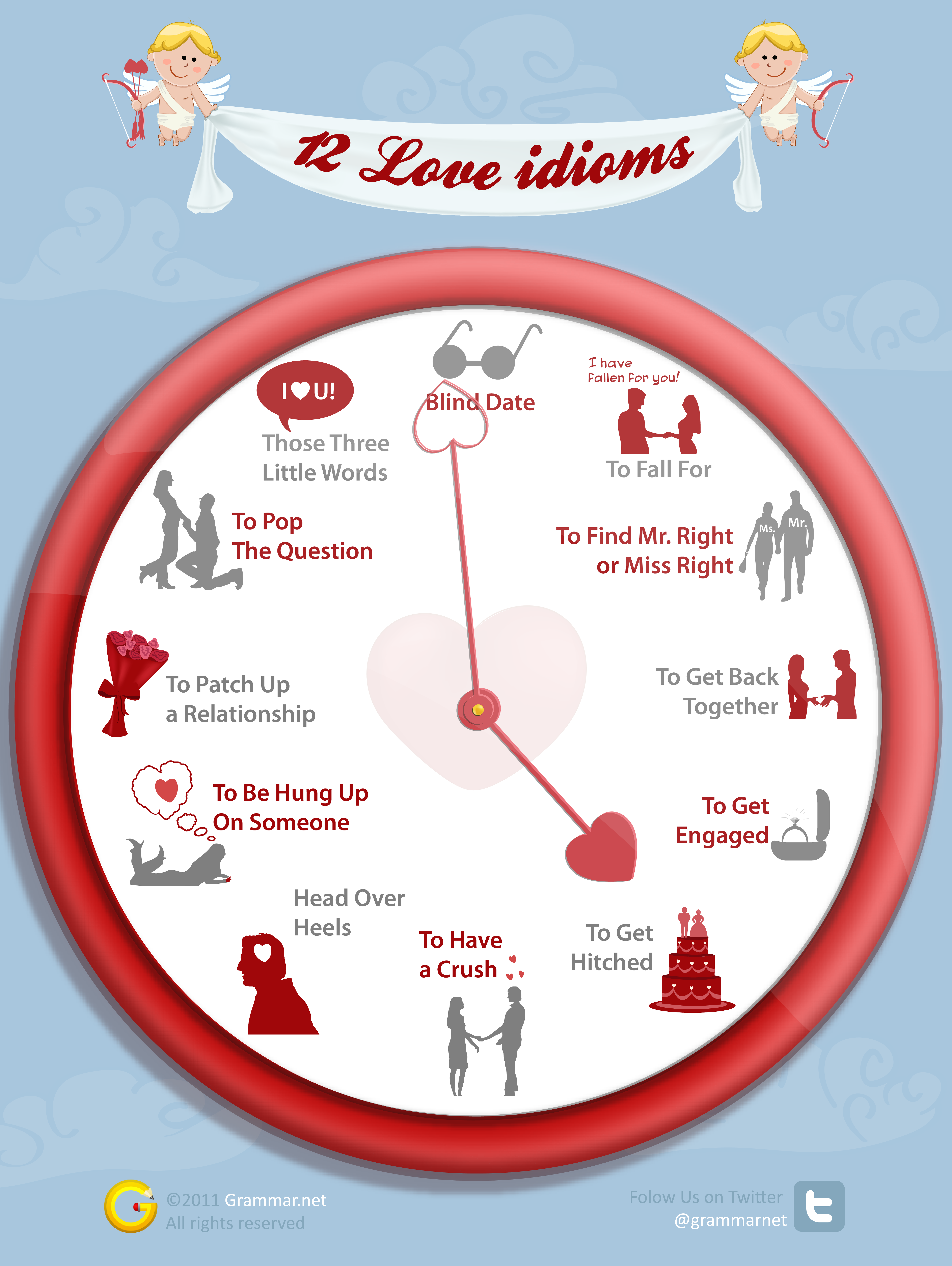StoryCorps records people interviewing people they know and love. It is broadcast on NPR (Morning Edition) every Friday and is sure to bring tears to your eyes during your morning commute. If you've never heard of StoryCorps and have never heard an interview, I want you to stop reading this post, and listen to some interviews. Some of the themes that reoccur are:
Angels & Mentors,
Identity, and
Teachers, among many others.
StoryCorps' mission is "to provide people of all backgrounds and beliefs with the opportunity to record, share and preserve the stories of our lives. We do this to remind one another of our shared humanity, to strengthen and build the connections between people, to teach the value of listening, and to weave into the fabric of our culture the understanding that everyone's story matters. At the same time, we are creating an invaluable archive for future generations."
 |
| Image via StoryCorps.org |
In October 2014 (just 3 weeks after having a baby!) my colleague, Danielle Petersen, and I presented at MITESOL. Our presentation was entitled, "StoryCorps: An oral history project in the ESL classroom." Here's the abstract (for the academics out there): "StoryCorps is used as a framework for integrating interviewing and storytelling in the ESL classroom. Using the oral history project, students develop oral communication skills, improve listening comprehension, and expand cross-cultural perspectives. In this interactive presentation, participants will gain a variety of strategies and activities to implement into their classrooms."
We discussed how to use story telling and StoryCorps in English language classes. First, I always ask students about story telling in their culture and language. I like eliciting their experiences with stories and storytelling before jumping into listening to the recorded stories online. Then I play a few in class, and students get into groups to answer questions and discuss what they heard. Finally, they go home and listen. Here's an example of a worksheet I would give students to do at home:

 I usually ask students to fill out two of these and to be prepared to talk about them in class the next day. In one of my speaking and listening classes I once had a student brag that he listened to several interviews and chose the easiest to summarize. That made me smile because he'd done exactly what I'd wanted him to do: practice listening!
I usually ask students to fill out two of these and to be prepared to talk about them in class the next day. In one of my speaking and listening classes I once had a student brag that he listened to several interviews and chose the easiest to summarize. That made me smile because he'd done exactly what I'd wanted him to do: practice listening!
The final step of using StoryCorps is having students record their own interview. I have the students look at the DIY portion of the site, and provide them an assignment sheet.
Here is a sample assignment sheet:

I received a variety of interviews: some emotional, some with strong connections, some boring, and some without a point or conclusion. However, overall, the interviews were thoughtful and interesting.
The MITESOL presentation went very well. We had a nice group who were interested in the topic. I'm looking forward to doing more presentations at MITESOL.
**Update: StoryCorps now has an app! Check it out here!**












